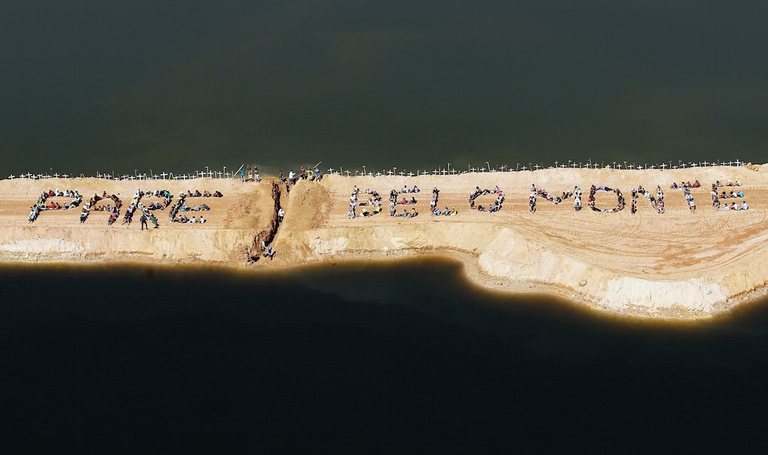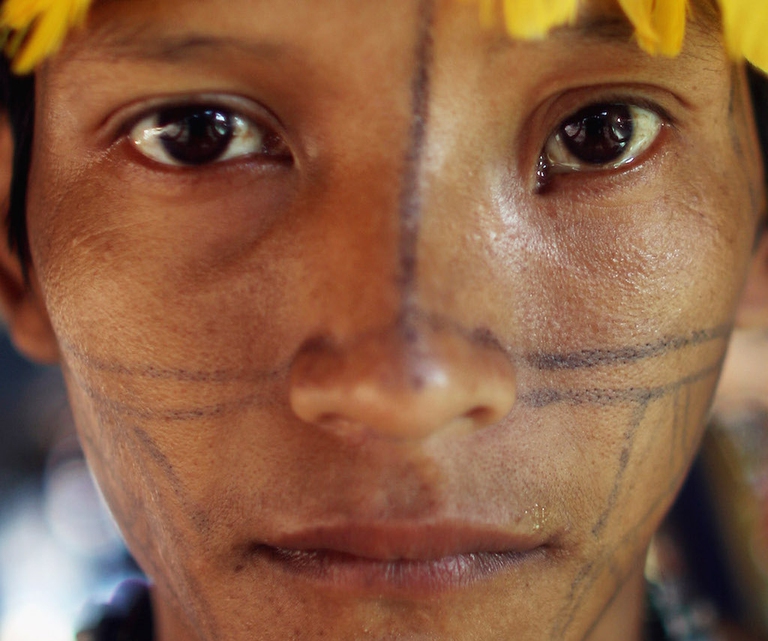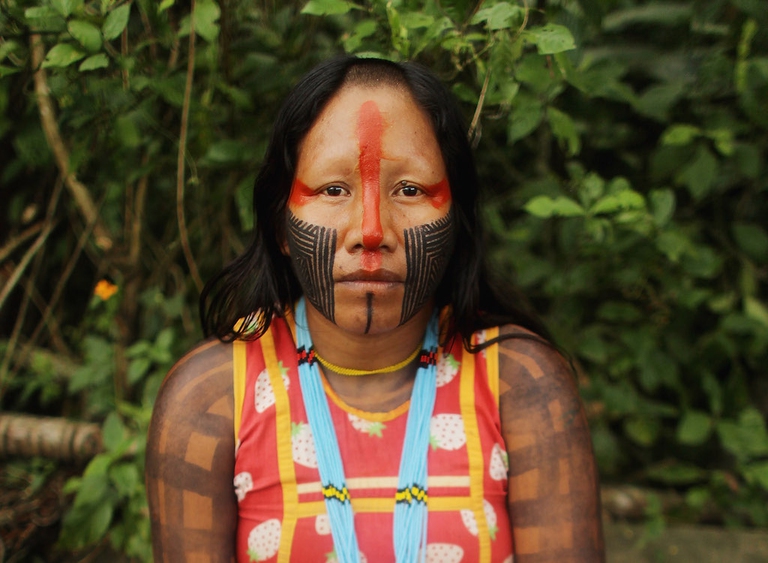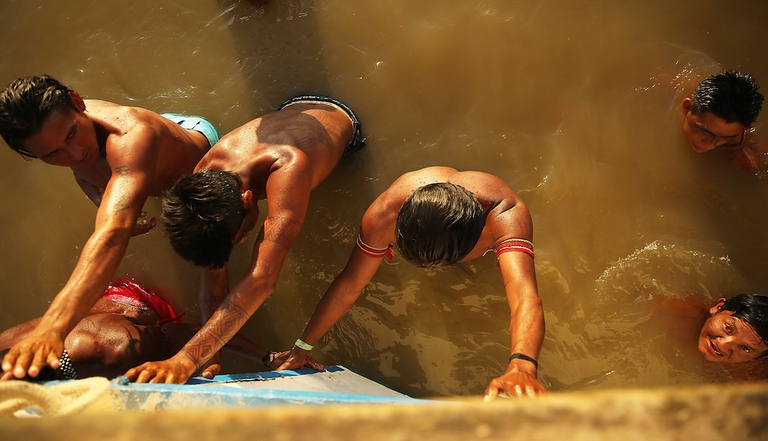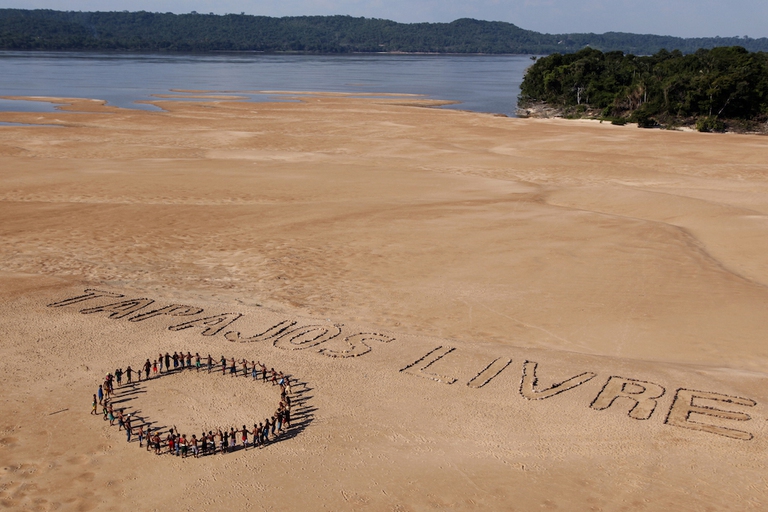
Three people putting the protection of the planet before themselves. Three powerful stories from Latin America, the deadliest region for environmental activists.
The Belo Monte hydroelectric complex in Brazil was approved in 2005 even in the absence of the legally required environmental impact assessment and consultations with affected populations. Brazilian prosecutors have ruled the authorisation unconstitutional, multiples times. Yet after over a decade of legal attempts to block it, occupations, strikes and violence, Belo Monte is expected
The Belo Monte hydroelectric complex in Brazil was approved in 2005 even in the absence of the legally required environmental impact assessment and consultations with affected populations. Brazilian prosecutors have ruled the authorisation unconstitutional, multiples times. Yet after over a decade of legal attempts to block it, occupations, strikes and violence, Belo Monte is expected to be completed in 2019.
Belo Monte is located on the Xingu River, a major Amazon tributary, and will be the world’s third largest hydroelectric dam. It has affected 25,000 indigenous people belonging to 40 ethnic groups. Its construction has been largely funded through BNDES, Brazil’s public development bank. According to Norte Energia, the consortium building the dam, Belo Monte will provide electricity to 60 million people.
The Brazilian government claims hydroelectric dams provide sustainable energy. Yet deforestation in the country is rising again also because of infrastructural developments in the Amazon region, such as Belo Monte, which will flood 516 square kilometres of rainforest. The diversion of 80 per cent of the Xingu’s flow has already compromised water quality and decimated fish biodiversity, drastically altering the lives of its indigenous communities.
Given that the river’s flow alters seasonally, the dam will work at a yearly average of 40 per cent of its total 11,000 megawatt capacity. Because it is so inefficient, other dams (four according to government plans) will be built upstream to power Belo Monte all year round.
Indigenous communities, Brazilian prosecutors and the International Labour Organisation (ILO) all agree that the government violated indigenous communities’ right to free, prior and informed consent (FPIC). This requires that populations be consulted on issues that affect them and is enshrined in the Brazilian Constitution, UN Declaration on the Rights of Indigenous Peoples and ILO’s Convention 169, to which Brazil is a signatory.
Suspensão de segurança (security suspension), a legal device dating back from Brazil’s military dictatorship, has given the state arbitrary power to disregard legal rulings against Belo Monte. Furthermore, Brazilian prosecutors accuse the government of having violated 55 terms of the contract stipulated with 2,000 (mostly indigenous) families who are being forcefully evicted.
Whilst thousands are being kicked out, many are pouring in. Since 2011, hordes of migrants have come to work on the dam, ballooning the nearest city, Altamira’s, population by 150 per cent. Overburdening of services, crime and cultural disintegration have ensued. The excessive supply of labourers has caused many to turn to illegal logging and cattle ranching, the main causes of Amazon deforestation.
Though it’s too late to stop the Belo Monte dam, it’s not too late for Brazil to develop sustainably. Other mega infrastructure projects in the Amazon have been stopped, such as the dam on the Tapajós River, which was meant to be second only to Belo Monte in size. The expanding Amazon mining sector, powered by dams such as these, is another plague that must be stemmed.
From dung flowers do grow, as dozens of hydroelectric dams, running below capacity because of Brazil’s drought, will be transformed into solar power farms. Whilst the Brazilian government plays the climate advocate in the international arena (see impeached president Dilma Rousseff’s and Obama’s 2015 pledge), this role isn’t respected at home. Only if the current government led by Michel Temer opposes dam development and mining in the Amazon we will believe it hasn’t all been a mega-farce.
Siamo anche su WhatsApp. Segui il canale ufficiale LifeGate per restare aggiornata, aggiornato sulle ultime notizie e sulle nostre attività.
![]()
Quest'opera è distribuita con Licenza Creative Commons Attribuzione - Non commerciale - Non opere derivate 4.0 Internazionale.
Three people putting the protection of the planet before themselves. Three powerful stories from Latin America, the deadliest region for environmental activists.
The Amazon became an alternative classroom during the pandemic. Now, the educational forest in Batraja, Bolivia, lives on to teach children and adults the value of nature.
Influential scientist, activist and author Vandana Shiva fights to protect biological and cultural diversity, and against GMOs.
Kimiko Hirata has blocked 13 new coal plants in Japan, but she hasn’t done it alone. The 2021 Goldman Prize winner tells us about her movement.
The Goldman Environmental Prize, the “green Nobel Prize”, is awarded annually to extraordinary activists fighting for the well-being of the planet.
A special report from the Yuqui territory delves deep into the dreams, challenges, joys and sadness of one of Bolivia’s most vulnerable indigenous groups.
The Yuqui people of the Bolivian Amazon fight not only to survive in the face of settlers, logging and Covid-19, but to preserve their culture and identity.
We talk to Shaama Sandooyea, activist and marine biologist from Mauritius onboard Greenpeace’s Arctic Sunrise ship in the heart of the Indian Ocean.
Jair Bolsonaro is accused of crimes against humanity for persecuting indigenous Brazilians and destroying the Amazon. We speak to William Bourdon and Charly Salkazanov, the lawyers bringing the case before the ICC.
